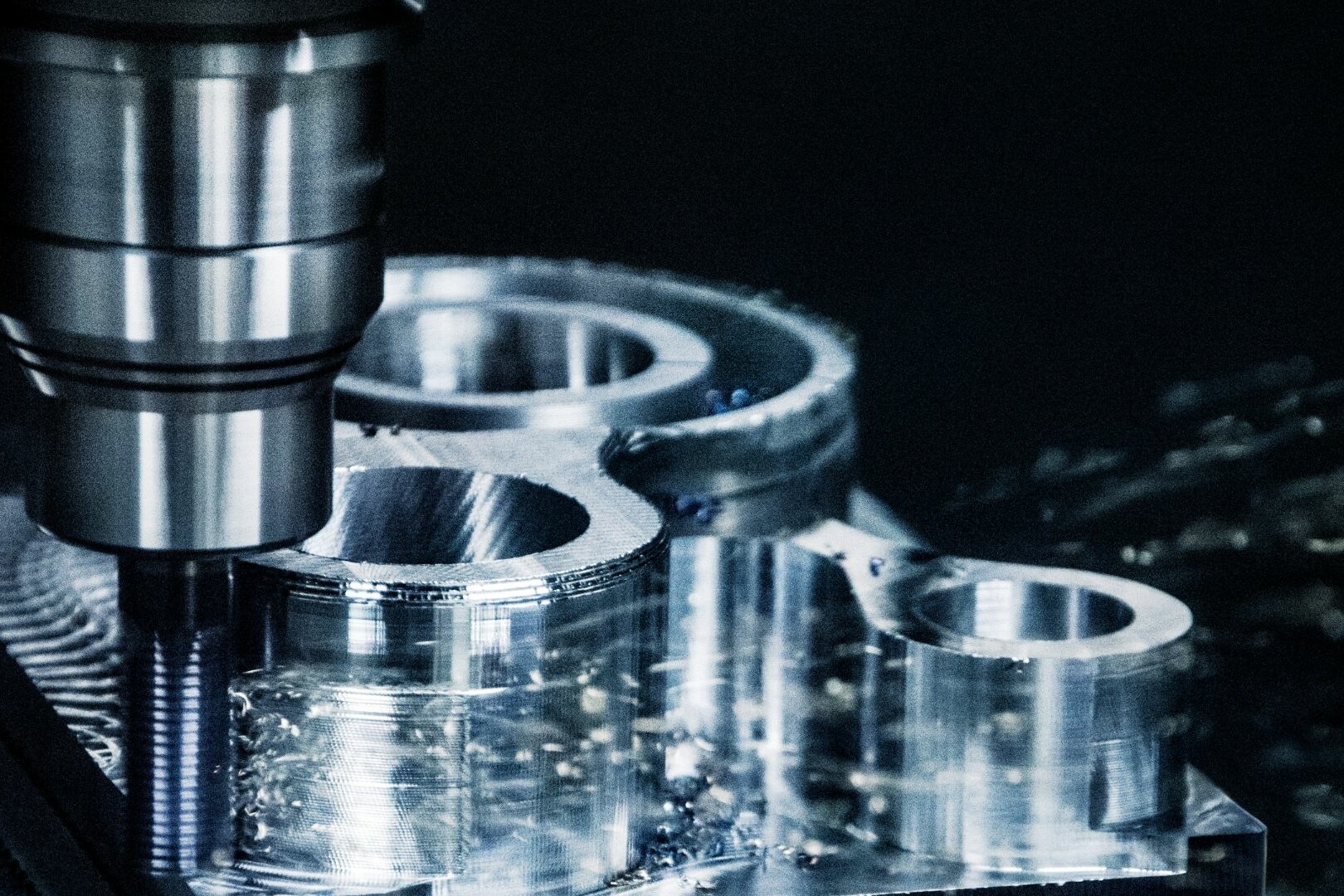Maintenance standards serve as guiding principles for maintaining operational integrity, safety, and efficiency of assets. Their significance stems from ensuring that equipment, infrastructure, and systems operate optimally throughout their lifecycle. Maintenance standards establish uniform procedures and protocols that organizations adhere to in managing their assets. They provide a structured framework that enhances operational reliability while mitigating risks associated with equipment failure and downtime.
Purpose of Maintenance Standards in Enhancing Safety, Reliability, and Efficiency
The primary purpose of maintenance standards revolves around fostering a culture of safety, reliability, and efficiency within industrial environments. By adhering to established standards, organizations can achieve the following objectives:
Safety Enhancement: Maintenance standards prescribe safety protocols and procedures to minimize the risk of accidents and ensure a secure working environment for personnel. Regular inspections, preventive maintenance schedules, and compliance with safety regulations are integral aspects of maintaining a safe workplace.
Reliability Improvement: Maintenance standards aim to optimize asset performance and prolong their operational lifespan. By implementing standardized maintenance practices such as predictive maintenance techniques, condition monitoring, and reliability-centered maintenance (RCM), organizations can anticipate potential failures and take proactive measures to prevent downtime and costly repairs.
Efficiency Maximization: Efficient utilization of resources is a cornerstone of maintenance standards. Standardized maintenance procedures help streamline workflows, reduce downtime, and optimize resource allocation. Through systematic maintenance planning and scheduling, organizations can minimize idle time, improve productivity, and maximize the return on investment (ROI) for their assets.
International Organizations Producing Maintenance Standards: ISO, IEC
International organizations such as the International Organization for Standardization (ISO) and the International Electrotechnical Commission (IEC) play pivotal roles in the development and dissemination of maintenance standards worldwide.
ISO (International Organization for Standardization): ISO is a globally recognized body that develops and publishes international standards across various industries and sectors. Within the realm of maintenance, ISO establishes guidelines and best practices to ensure the reliability, safety, and efficiency of assets throughout their lifecycle. Standards like ISO 55000 series for asset management and ISO 13374 for condition monitoring exemplify ISO’s contributions to maintenance standards.
IEC (International Electrotechnical Commission): IEC focuses on standardization in the fields of electrical, electronic, and related technologies. It develops and publishes international standards that cover maintenance practices for electrical equipment and systems, contributing to the safety and reliability of electrical infrastructure worldwide.
European Level Standardization Bodies like CEN Technical Committee 319
In Europe, standardization bodies such as the European Committee for Standardization (CEN) and its Technical Committee 319 (TC 319) are instrumental in developing maintenance standards tailored to the European context.CEN (European Committee for Standardization): CEN develops European standards (EN) to promote harmonization and facilitate trade within the European Union (EU) member states. Its Technical Committee 319 focuses specifically on maintenance standards, addressing the unique needs and challenges of maintenance practices across various industries and sectors in Europe.
National standardization institutes in European countries contribute to the development and adoption of maintenance standards at the national level, ensuring compliance with regional regulations and industry requirements. These institutes, such as the British Standards Institution (BSI) in the UK, Deutsches Institut für Normung (DIN) in Germany, and other similar bodies across European countries, work closely with industry stakeholders to develop standards that reflect national priorities, regulatory frameworks, and industry best practices.
Maintenance Standards for Asset Management and Reliability
Asset Management Standards (ISO 55000): ISO 55000 provides principles and guidelines for effective asset management, covering aspects such as asset lifecycle management, risk management, and performance optimization.
Condition Monitoring and Machine Diagnostics (ISO 13374): ISO 13374 outlines methods and best practices for condition monitoring and machine diagnostics, enabling early detection of potential failures and optimizing maintenance strategies.
ANSI TAPPI TIP 0305-34:2008: This standard, published by the American National Standards Institute (ANSI) and the Technical Association of the Pulp and Paper Industry (TAPPI), provides guidelines for maintenance practices specific to the pulp and paper industry.
MIMOSA Open Information Standards: MIMOSA standards focus on interoperability and data exchange within the maintenance and reliability domain, facilitating seamless integration of maintenance systems and processes.
Industrial Internet Consortium Reference Architecture (IICRA): IICRA provides a framework for implementing industrial internet solutions, including maintenance and reliability applications, leveraging technologies such as IoT, big data analytics, and cloud computing.
SAE JA1011 Standard (Reliability-Centered Maintenance): SAE JA1011 establishes principles and methodologies for reliability-centered maintenance (RCM), guiding organizations in developing cost-effective maintenance strategies based on risk assessment and criticality analysis.
Recommended Blog Posts
September 4, 2023
Powerful Signal Analysis Tools for Vibration Analysis
Predictive maintenance, crucial for machinery reliability, heavily relies on vibration analysis. Techniques like FFT…
September 4, 2023
Rotating Machinery Vibration Analysis
Vibration analysis is a critical tool in various industries like manufacturing, power generation, and transportation.…
December 28, 2022
Fault Diagnostic Technique Using Machine Mode Similarity Analysis
AI can diagnose machine faults with vibration data but machine mode similarity analysis is an alternative, it uses…
September 15, 2022
Understanding Rotating Machinery Data
Machine data is generated by physical attributes and actions of machines, collected by sensors and analyzed for…
August 6, 2021
Envelope Analysis
Bearings are critical elements in rotating machines, they support radial and axial loads, and reduce friction. Real…
May 6, 2021
What is Cepstral Analysis?
Cepstral Analysis, a tool used to detect periodicity in frequency spectrum, can be useful in gearbox fault detection in…
October 9, 2020
How is Fault Detection Performed?
Vibration measurements and analysis, using multiple parameters, can identify developing problems in machinery before…
September 21, 2020
Parameter Selections in Vibration Measurement
Vibration measurements are used to determine the response of machines to forces and identify potential issues. It is…
September 4, 2020
What is Vibration Analysis?
Vibration analysis can be used to discover problems in machines and predict when they might fail. It can significantly…
Discover Our Products
Sensemore Predictive Maintenance Solution
If you enjoyed this blog, explore our Predictive Maintenance Solution page.











